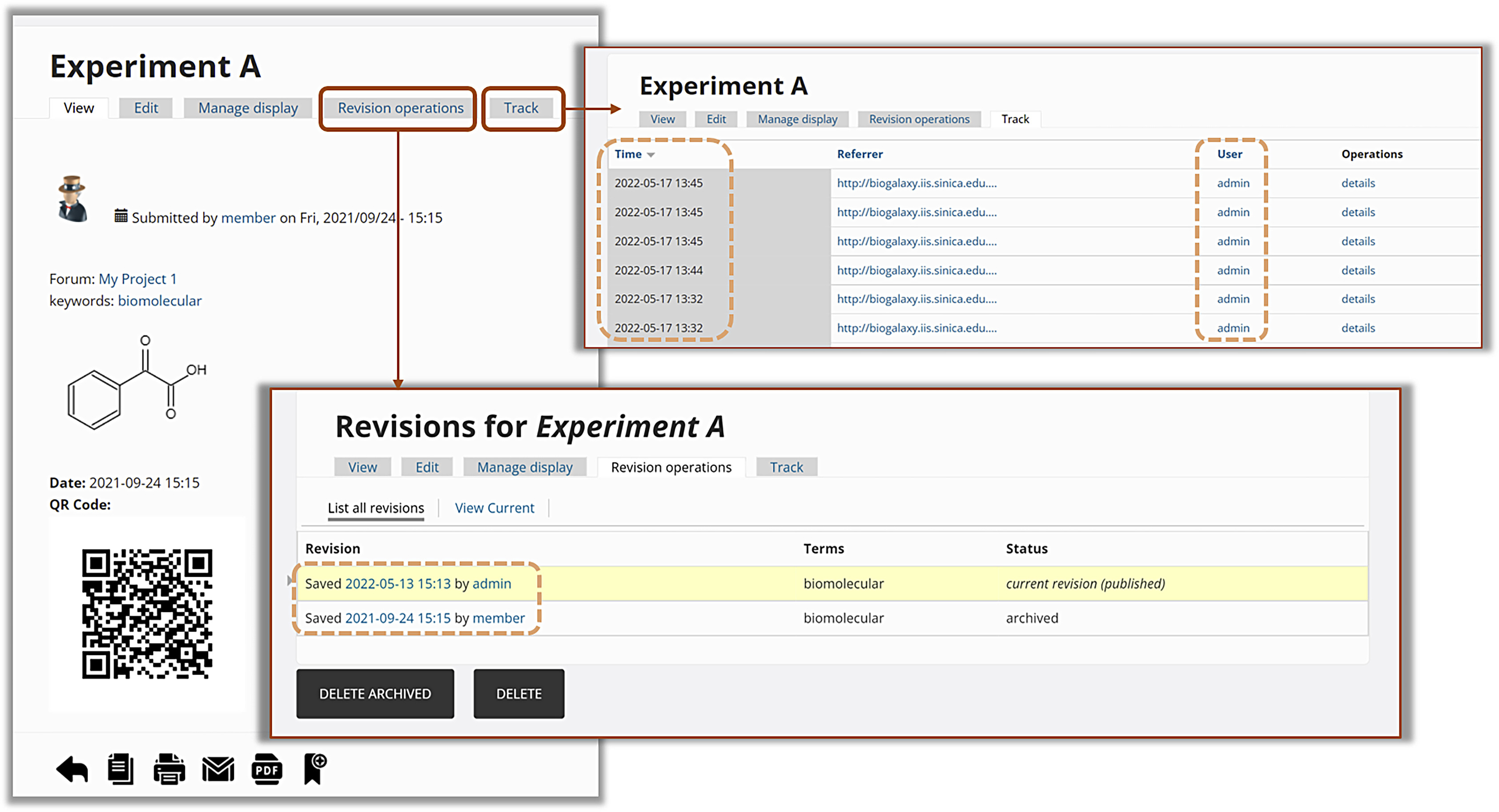File:Fig7 Huang iScience2022 25-8.jpg

Original file (3,371 × 1,826 pixels, file size: 647 KB, MIME type: image/jpeg)
Summary
| Description |
Fig. 7 The basic structure of Drupal. The first layer is the input of nodes as data. The second layer is modules, i.e., functional plugins that are either part of the Drupal core or are created by members of the Drupal community. Modules allow users to customize and rearrange the data on their nodes. The third layer is blocks and menus: Blocks provide the output from a module and can be configured to output in various ways, from only showing on certain pages to only for certain users. Menus are not only navigators in Drupal, defining the content coming on each defined menu path, but also a core element of Drupal, which provide links to all the pages created in Drupal. The last layer is user permissions, which determine what users can execute and read. |
|---|---|
| Source |
Huang, Chih-Wei; Chuang, Wei-Hsuan; Lin, Chung-Yen; Chen, Chen, Shu-Hwa (2022). "Elegancy: Digitizing the wisdom from laboratories to the cloud with free no-code platform". iScience 25 (8): 104710. doi:10.1016/j.isci.2022.104710. |
| Date |
2022 |
| Author |
Huang, Chih-Wei; Chuang, Wei-Hsuan; Lin, Chung-Yen; Chen, Chen, Shu-Hwa |
| Permission (Reusing this file) |
Creative Commons Attribution-NonCommercial-NoDerivatives 4.0 International |
| Other versions |
Licensing
|
|
This work is licensed under the Creative Commons Attribution-NonCommercial-NoDerivatives 4.0 International License. |
File history
Click on a date/time to view the file as it appeared at that time.
| Date/Time | Thumbnail | Dimensions | User | Comment | |
|---|---|---|---|---|---|
| current | 19:09, 31 October 2022 |  | 3,371 × 1,826 (647 KB) | Shawndouglas (talk | contribs) |
You cannot overwrite this file.
File usage
The following page uses this file:







